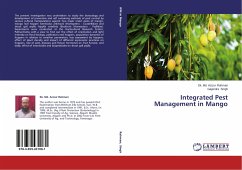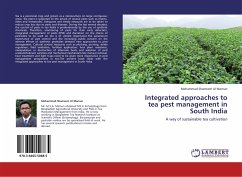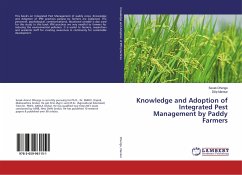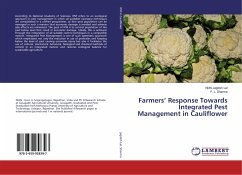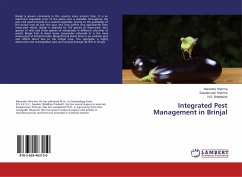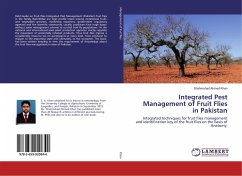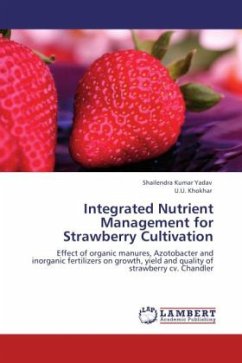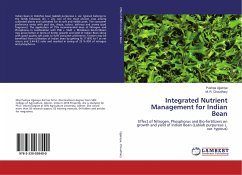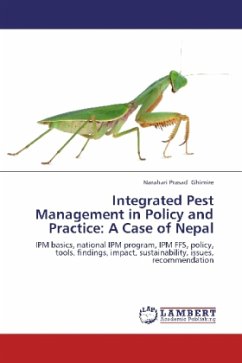
Integrated Pest Management in Policy and Practice: A Case of Nepal
IPM basics, national IPM program, IPM FFS, policy, tools, findings, impact, sustainability, issues, recommendation
Versandkostenfrei!
Versandfertig in 6-10 Tagen
39,99 €
inkl. MwSt.

PAYBACK Punkte
20 °P sammeln!
Use of chemical pesticides throughout the world increased by 50% over the last 30 years, and 2.5 million tons of commercial pesticides applied annually. The average use of pesticide is low in Nepalese agriculture but its misuse, overuse and abuse posed health risk to the public and in long run to the environment. Mitigating such a devastating human fault integrated pest management (IPM) has been practiced which, in fact, is a combination of management strategies that farmers use to minimize the impact of pest and diseases on their crop. This book gives insights into policy back up to IPM, tool...
Use of chemical pesticides throughout the world increased by 50% over the last 30 years, and 2.5 million tons of commercial pesticides applied annually. The average use of pesticide is low in Nepalese agriculture but its misuse, overuse and abuse posed health risk to the public and in long run to the environment. Mitigating such a devastating human fault integrated pest management (IPM) has been practiced which, in fact, is a combination of management strategies that farmers use to minimize the impact of pest and diseases on their crop. This book gives insights into policy back up to IPM, tools used and status of national IPM including findings, impact and sustainability with special reference to Nepal. Hence, the book provides pragmatic perspectives of Integrated Pest Management policy, practice and its impact in agriculture and environment. The information is useful for farmers, policy makers, professionals working in the field of Entomology and students studying Entomology, specifically the Integrated Pest Management.




